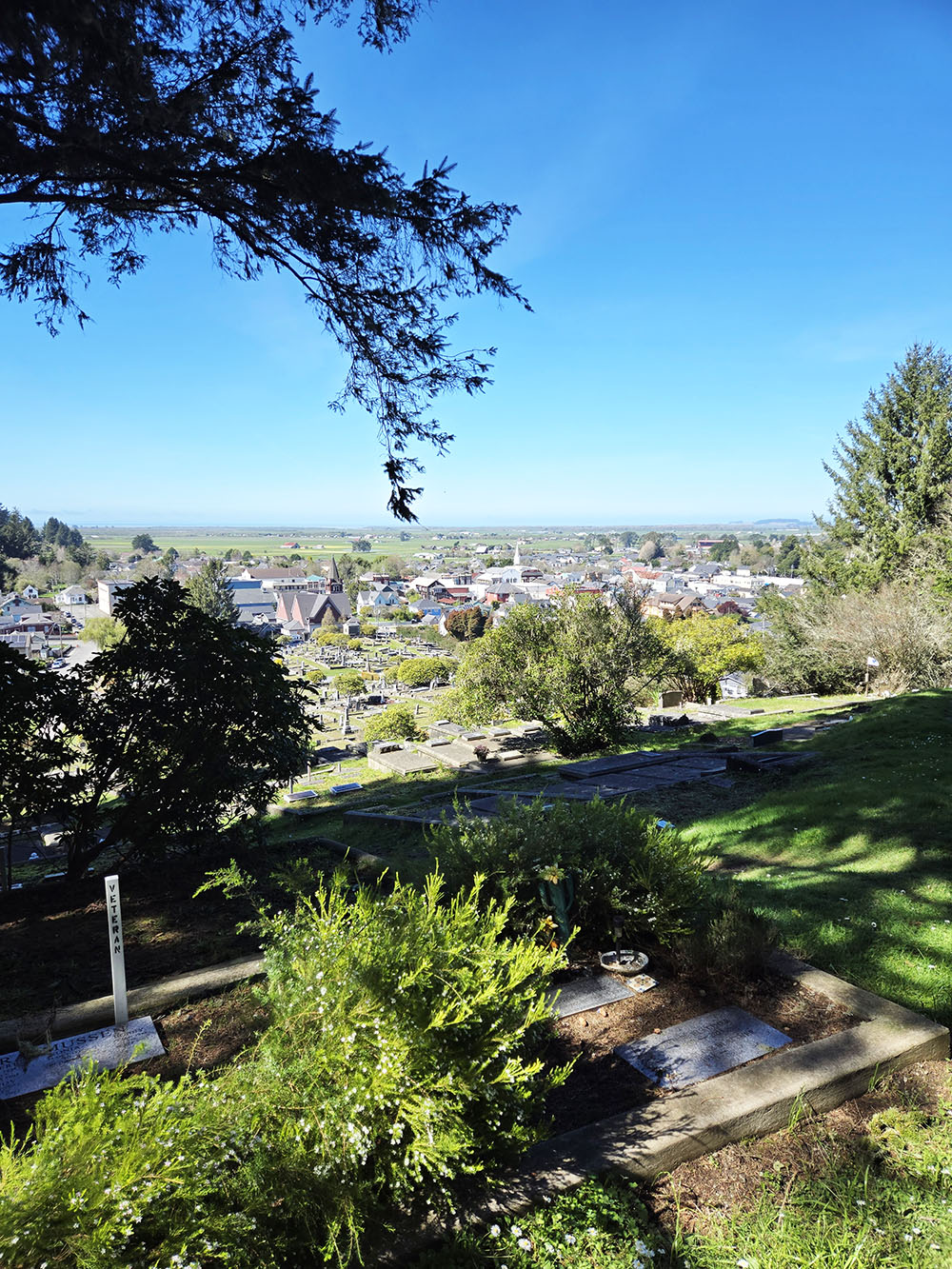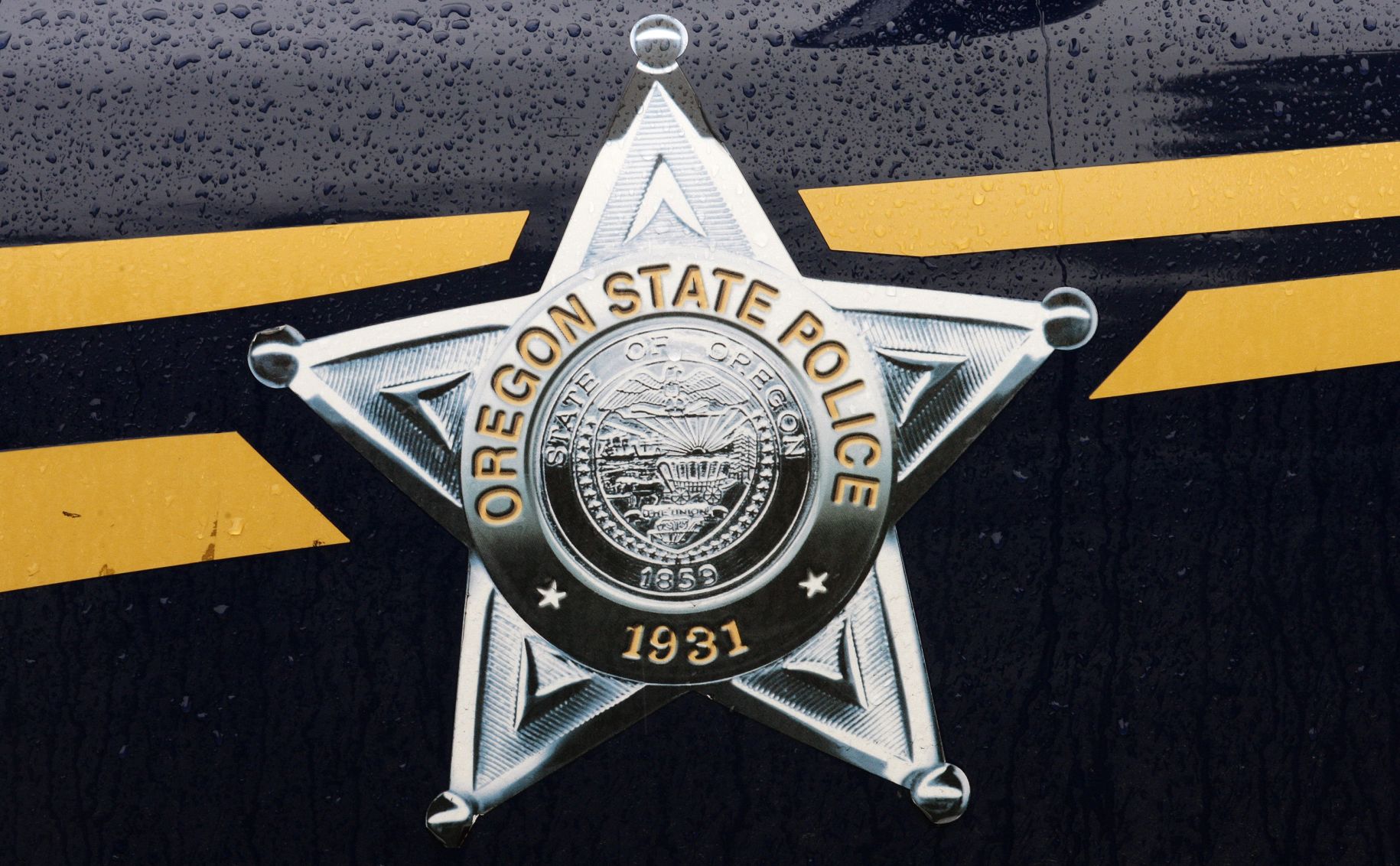COLUMN: Cemeteries make a powerful impression
Published 11:07 am Tuesday, April 1, 2025


Historic towns tout their preserved buildings in the glossy brochures that entice tourists, but to my eye no site tells the story of a place so well as its cemetery.
Nowhere else does history lie so heavily.
There is a unique density of legacy within a cemetery, every row of gravestones a chronicle of lives and families, of years and decades.
These stories are of course mostly unwritten.
Cemeteries yield the barest details — names and dates, perhaps a brief explanation of the person’s demise, occasionally an epitaph.
As we stroll among the monuments, and see that someone lived for only a few years, we can only wonder about events that might be described in a handwritten diary tucked into a box in someone’s attic or basement.
But probably not.
Probably these stories, if they persist at all, do so only in the memories of people still living.
And that is a tenuous thread, one which tends to weaken with each generation, an erosion as real, and as inexorable, as the yellowing of paper and the fading of ink.
Yet the absence of detail, the impossibility of answering questions, never seems to diminish the experience. As I walk through a cemetery I inevitably feel fulfilled rather than bereft. I come away knowing more than I did when I started, my appreciation for a place and its history enriched.
My family traveled across Oregon, into Northern California and then along the Pacific Coast back into Oregon, during spring break.
We drove between walls of snow in Crater Lake National Park that loomed a dozen feet above the roof of our car, inducing a minor bout of claustrophobia as we contemplated the possibility that a cornice might let go as we were driving.
We walked trails among the redwoods, marveling as always at their scale, which makes even the grandest of our ponderosa pines seem rather puny.
We basked in rare warm sunshine on the beach, barely enough breeze to rustle our hair.
We gorged on seafood.
But I suspect that as the days pass and my memories of the trip lose their potency, two that will remain prominent are our visits to a pair of cemeteries.
One is in Jacksonville, in southern Oregon a few miles west of Medford.
The other is in Ferndale, California, about a dozen miles southwest of Eureka.
Both towns have quite a lot in common with Baker City, including a commitment to preserving, and celebrating, many of their historic structures.
Each has a distinctive downtown replete with 19th century buildings, including ones listed on the National Register of Historic Places.
Both Jacksonville and Ferndale are slightly older than Baker City, dating to the 1850s rather than the 1860s.
Both have fewer residents than Baker City’s 10,000 — Jacksonville’s population is about 2,900, Ferndale’s about 1,400.
All three towns have wonderful cemeteries.
My affinity for Baker City’s Mount Hope Cemetery is considerable.
But I was entranced as well by the burying grounds in both Jacksonville and Ferndale.
Both occupy hills, as cemeteries often do.
Neither has so dramatic a view as Mount Hope, with its backdrop of the Elkhorn Mountains.
But the Ferndale Cemetery’s vista is quite fetching as well, extending across the intense green of the Eel River Valley. It’s obvious why this fecund dale has harbored dairies for well more than a century.
We wandered about both the Ferndale and Jacksonville cemeteries for close to an hour.
Never did I feel even a twinge of incipient boredom.
Almost every row piqued my curiosity.
I wondered how a person born in the 1840s in England came to live in Jacksonville.
I was intrigued by the plot in Ferndale for a family of Danes, who were laid to rest not near their native North Sea but almost within sight of the globe’s greatest ocean.
I felt, as I always feel when I walk through a cemetery, a curious but not unpleasant mixture of nostalgia and melancholy.
When I saw a bouquet of fake flowers, their once vibrant colors leached by rain and sun, I wondered how many months, or years, have passed since someone laid them beside the gravestone.
I wondered too, when I came across a particularly old plot, one dating to the 19th century, whether anyone still living ever thinks of the person who lies here, or whether the legacy exists only in a forgotten photo album.
It was a far newer grave, though, that prompted me to go back.
This was in Ferndale. I had read the epitaph earlier but didn’t trust that I would remember the words. So I walked back up the hill to take a photo with my phone.
The granite gravestone is for Brian Muessig. He was born on May 29, 1932, and died Dec. 8, 2017. Beside his name was a rendering of an apple.
The epitaph was etched below the dates.
It was short, which seems to me appropriate for such things, just eight words.
But as with other powerful statements, such as the Gettysburg Address, brevity enhances rather than diminishes the message.
The sentiment, it seems to me, could not be expressed more eloquently.
And though I will never know Brian, and almost certainly will never meet anyone who did know him, in that moment, as I crouched with my phone, I felt as though I could see him in his garden on a fine sunny day, as this one happened to be.
“He so loved the earth in his hands.”
Jayson Jacoby is the editor of the Baker City Herald. Contact him at 541-518-2088 or Jayson.Jacoby @bakercityherald.com.







